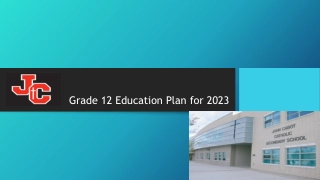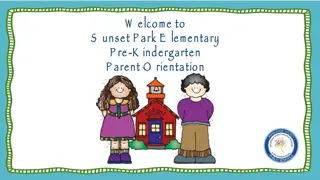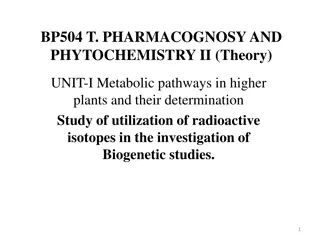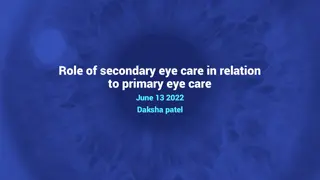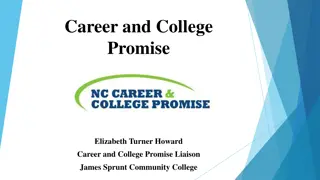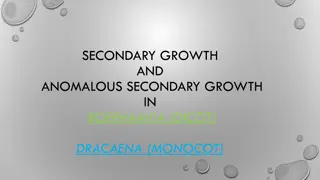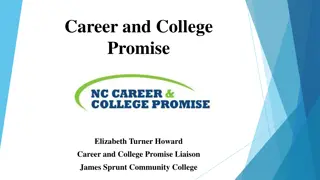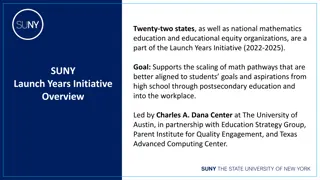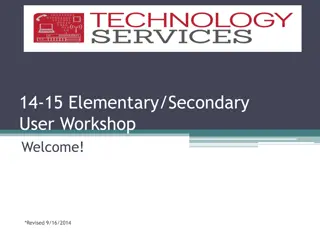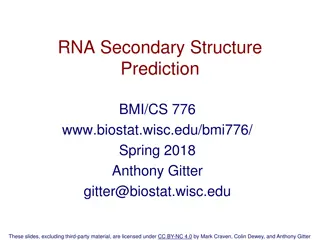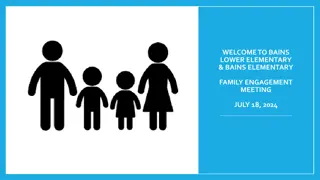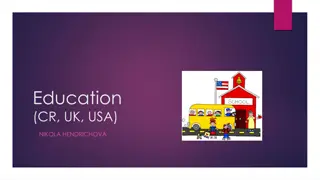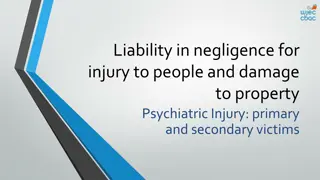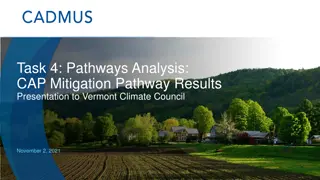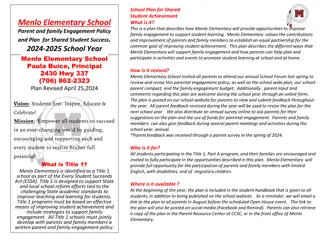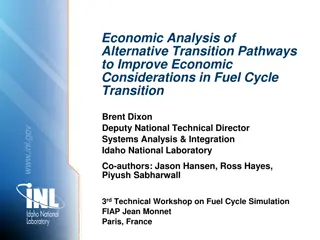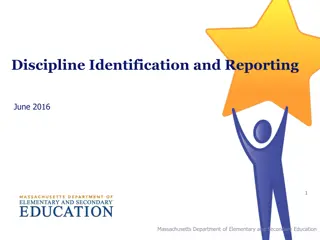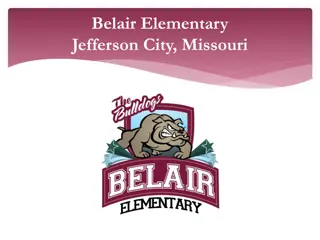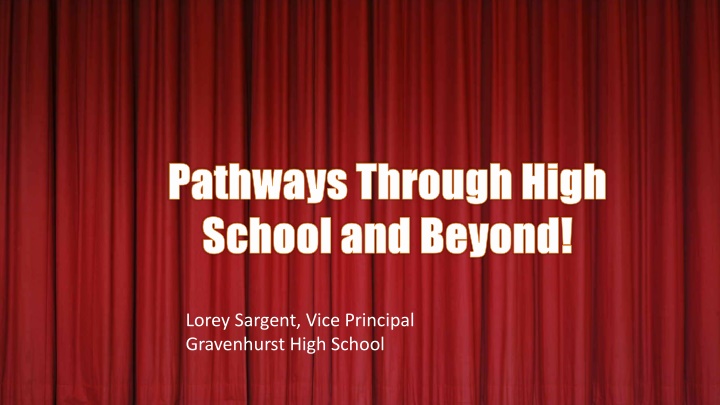
Navigating High School Programs and Graduation Requirements
Discover the essential pathways through high school and beyond, exploring graduation credits, diploma requirements, compulsory credits, literacy testing, grade 9 courses, and the importance of choosing the right pathway for future success.
Download Presentation

Please find below an Image/Link to download the presentation.
The content on the website is provided AS IS for your information and personal use only. It may not be sold, licensed, or shared on other websites without obtaining consent from the author. If you encounter any issues during the download, it is possible that the publisher has removed the file from their server.
You are allowed to download the files provided on this website for personal or commercial use, subject to the condition that they are used lawfully. All files are the property of their respective owners.
The content on the website is provided AS IS for your information and personal use only. It may not be sold, licensed, or shared on other websites without obtaining consent from the author.
E N D
Presentation Transcript
Pathways Through High Pathways Through High School and Beyond! School and Beyond! Lorey Sargent, Vice Principal Gravenhurst High School
AGENDA FOR today Credits what students need to graduate Pathways Coop/SHSM/DC Questions?
O.S.S. Diploma requirements 30 credits 18 compulsory / 12 optional 40 hours of community involvement Provincial literacy requirement [OSSLT]
Compulsory credits (18) 4 English 1 credit / grade 1 French 3 Mathematics (min. 1 in Gr. 11 or 12) 2 Science 1 Canadian history (gr. 10) 1 Canadian geography (gr. 9) 1 Arts (visual, music, drama, media) 1 Health and physical education 1 Civics and careers studies (gr. 10)
OSSLT Ontario Secondary School literacy test Conducted before end of grade 10 (based on Gr. 9 English) Must PASS to GRADUATE If UNSUCCESSFUL 1 more chance to write it If UNSUCCESSFUL again you will be required to take a literacy course in Gr. 12 (will replace test)
Grade 9 Courses Sample offering Compulsory (6) Options (2) Math Music AMU1OR English Exploring Technologies (Shop) TIJ1OR Science Introduction to Information Technology in Business (Computers BTT1OR) Geography Hospitality and Tourism (Foods TFJ1OR/HFN10R)) French Art AVI1OR Healthy Active Living (Phys. Ed) Drama ADA10R
Choosing courses (planning for the future) Explore your interests, think about future goals and keep your options open All Grade 9 courses build on Grade 8 curriculum In core subjects you can choose between 3 course types: WORKPLACE, APPLIED, ACADEMIC
Why is it important to select the right pathway?
Career pathways A pathway is a sequence of programs or courses and work-based learning experiences that connect personal interests from high school to your future career goals.
College / Apprenticeship and Employment Applied pathway Student selects applied courses (math 1P, English 1P, science 1P etc.) Student currently working at a level 2 (60% +) and some 3 (70%+) Applied (P) courses focus on practical applications and concrete examples. They cover essential concepts of a subject. Knowledge and skills are developed through both theory and practical applications but focus is on practical applications. Familiar, and real-life situations will be used to illustrate ideas and students are given more opportunities to experience hands-on applications of the concepts.
University / College / Apprenticeship and Employment academic pathway Student selects academic courses (math 1D, English 1D, science 1D etc.) Student currently working at a solid level 3+ (75%) Academic (D) courses focus on the essential concepts of a subject and explore related materials as well. Although your knowledge and skills in the subject will be developed through both theory and practical applications, the emphasis will be on theory and abstract thinking as a basis for future learning and problem solving.
Apprenticeship and Employment workplace pathway Student selects workplace courses (math 1L, English 1L, science 1L etc.) Workplace (L) courses focus on employment skills and on practical workplace applications. It is for students who learn best by doing and hands-on activities. It is for students who prefer to learn both inside and outside of the classroom and build connections with community employers.
Grade 11 and 12 course selections Grade 11 and 12 courses are offered at the E (workplace), C (college), M (university/college) and U (university), levels. Students applying to university must a have at least 6 courses at the U and/or M level. Students applying to college, must have a minimum of college level English.
changing pathways You need to see your guidance counselor if you intend to change pathways. You may have to repeat courses at different levels.
Cooperative Education: Grade 11 and 12 students are able to select cooperative education as an elective. Coop credits can be earned in 1, 2, 3 or 4 credits bundles. Students gain valuable workplace skills and get to test drive an area of interest.
Dual Credits: Grade 11 and 12 students are also eligible to enroll in dual credits. What are they? Students participate in apprenticeship training and postsecondary courses, earning dual credits that count towards both their high school diploma and their postsecondary diploma, degree or apprenticeship certification. Dual Credits engage students through exposure to college courses and culture while supporting their successful transition to postsecondary education
Dual Credits: Who are they for? Students who may need learning opportunities outside of high school and who would benefit from a college or apprenticeship experience to complete their Ontario Secondary School Diploma.
Specialist High skills Major: Specialist High Skills Major (SHSM) are offered at all high schools. There are different ones offered depending on the school. Examples of SHSM offerings: Agriculture, Arts & Culture, Environment, Health & Wellness, Hospitality & Tourism, Manufacturing, Mining, Sports.
SHSM (Specialist High Skills Major) What are they? Specialist High Skills Majors let students focus on a career path that matches their skills and interests while meeting the requirements of the Ontario Secondary School Diploma (OSSD). Students receive the SHSM seal on their diploma when they: complete a specific bundle of 8-10 courses in the student's selected field earn valuable industry certifications including first aid and CPR qualifications gain important skills on the job through cooperative education placements.
SHSM Who are they for? Grade 11 and 12 students who are: heading for apprenticeship training, college, university or the workplace wanting to identify, explore and refine their career goals and make informed choices about their next steps after secondary school

